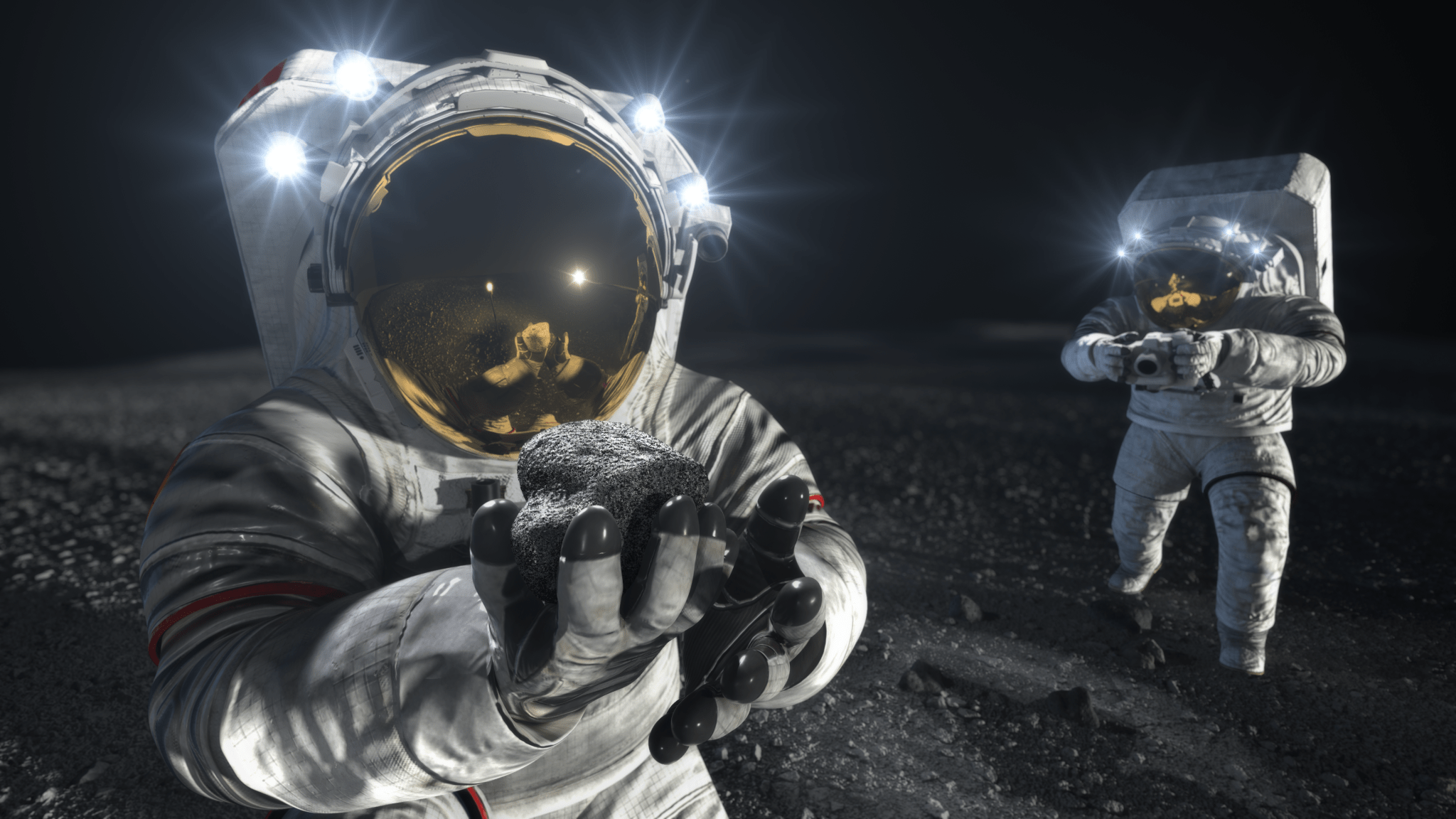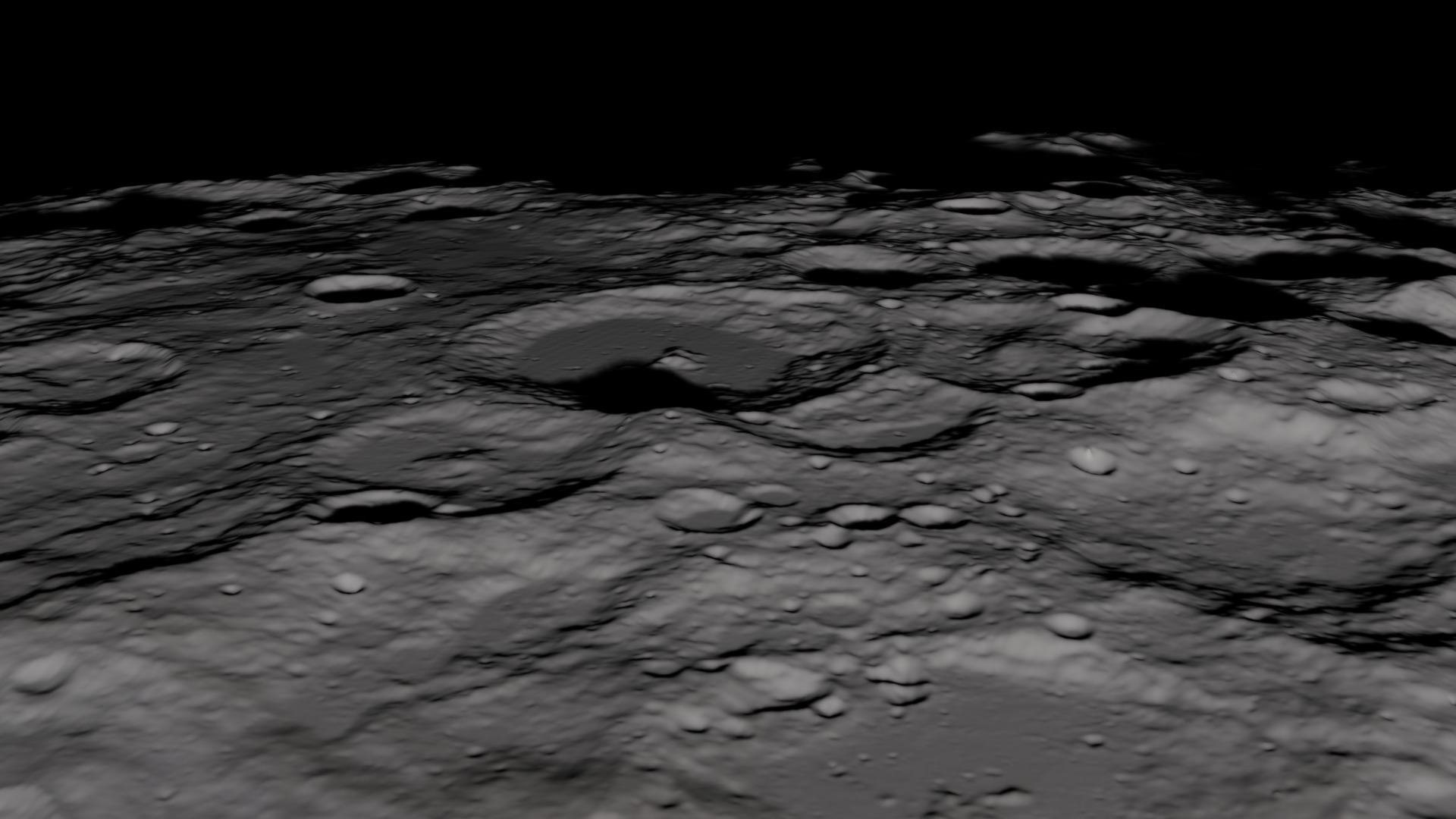Living and Working on the Moon
Where to explore?
Artemis III Candidate Landing Regions
As NASA prepares for the first crewed Moon landing in more than five decades, the agency has identified a set of nine potential landing regions near the lunar South Pole for its Artemis III mission.
Learn More about Artemis III Candidate Landing Regions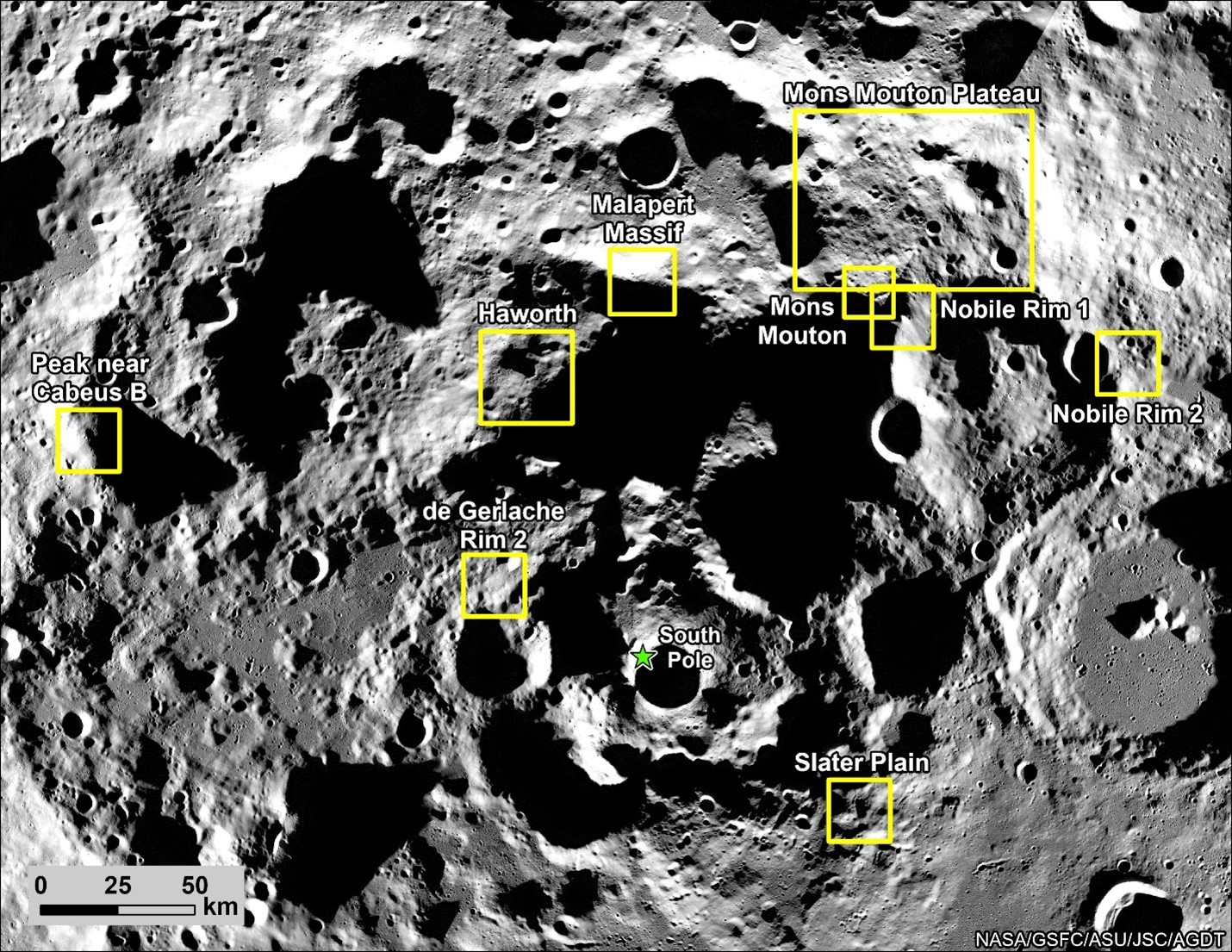
Where to Land on the Moon
From Earth orbit to the Moon and Mars, explore the world of human spaceflight with NASA each week on the official podcast of the Johnson Space Center in Houston, Texas. On episode 321, NASA experts discuss the considerations when looking at landing locations for future human missions to the Moon’s surface.
Learn More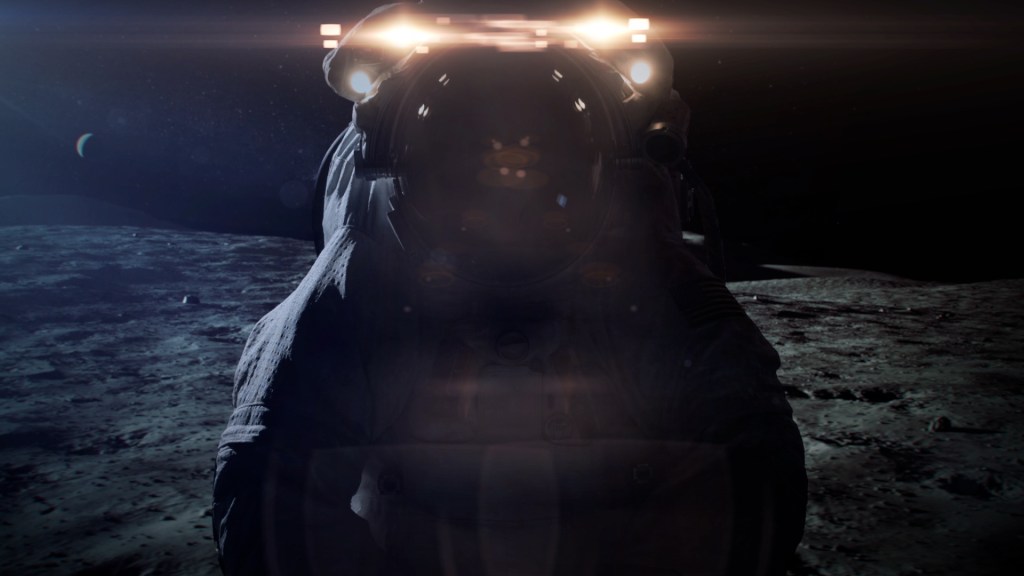
What to wear?
Spacesuits
More than 50 years of NASA expertise is going into the design of modern spacesuits that will protect and support astronauts as they reach iconic heights during forays in low-Earth orbit, the Moon, and worlds beyond. The agency is partnering with Axiom Space to provide next-generation spacesuits suited to NASA’s expanded mission portfolio.
Learn More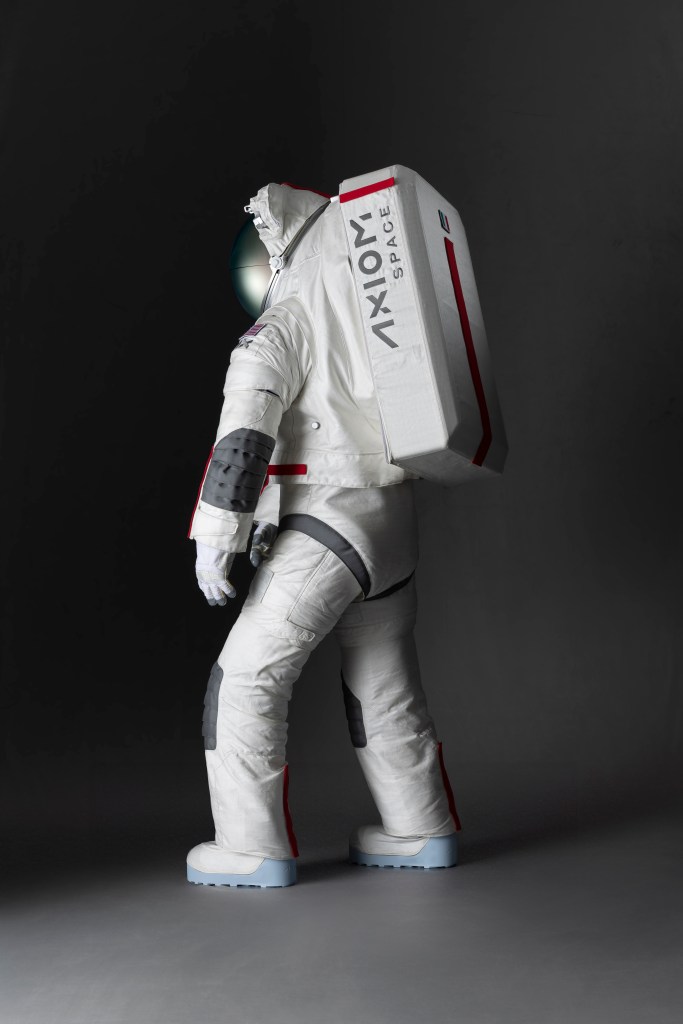
Spacesuit for NASA’s Artemis III Moon Surface Mission Debuts
When NASA sends the first astronauts to explore near the lunar South Pole, moonwalkers will wear spacesuits provided by Axiom…
Read the Story
What to do there?
Artemis Science
The Moon is a 4.5-billion-year-old time capsule, pristinely preserved by the cold vacuum of space. It is a witness to billions of years of solar activity and large collisions that allowed life to gain a foothold in the solar system. The Moon holds clues to the evolution of Earth, the planets, the Sun, and even cosmic rays from across the galaxy.
Learn More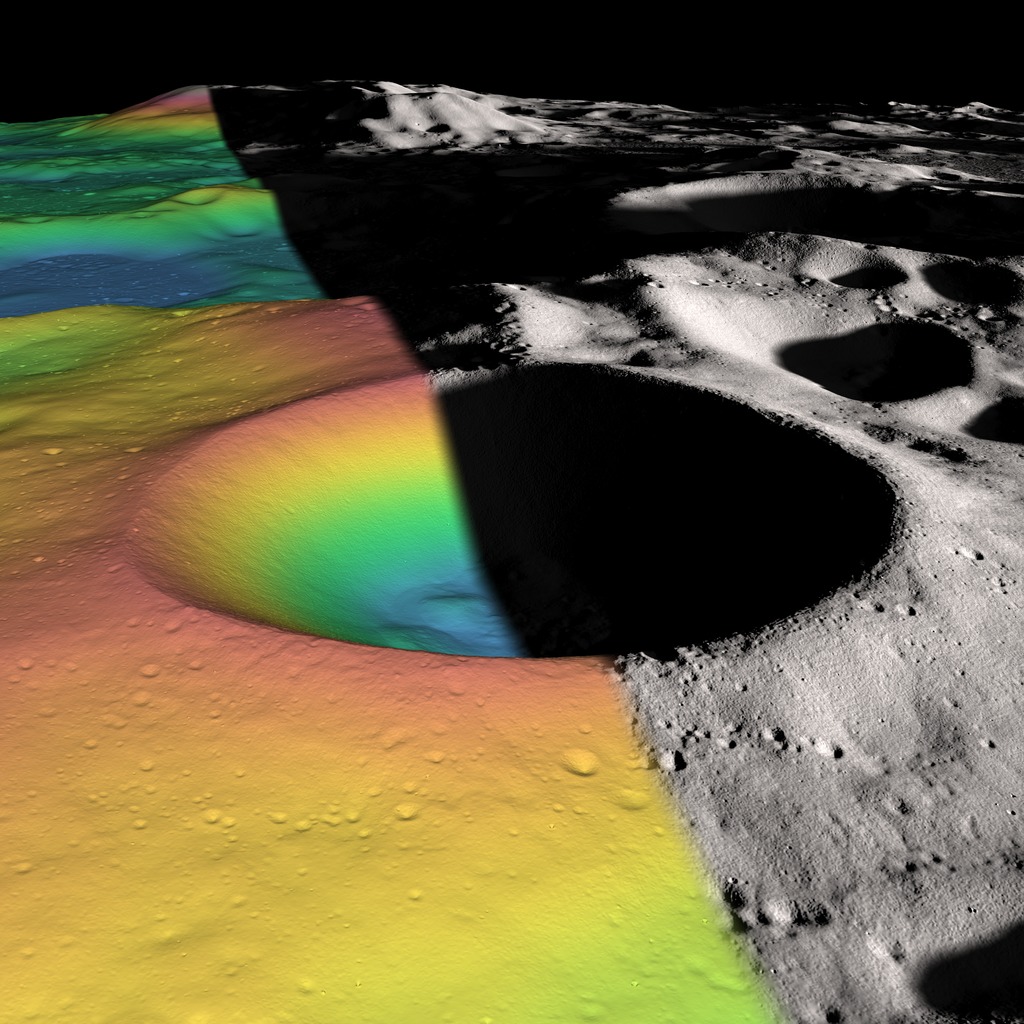
How to get around?
Lunar Rovers
NASA is developing pressurized and unpressurized rover systems to help astronauts get around the Moon. Developed with partners in industry and academia, these rovers will allow Artemis astronauts to explore more of the Moon and conduct science at a variety of locations on the lunar surface.
Learn More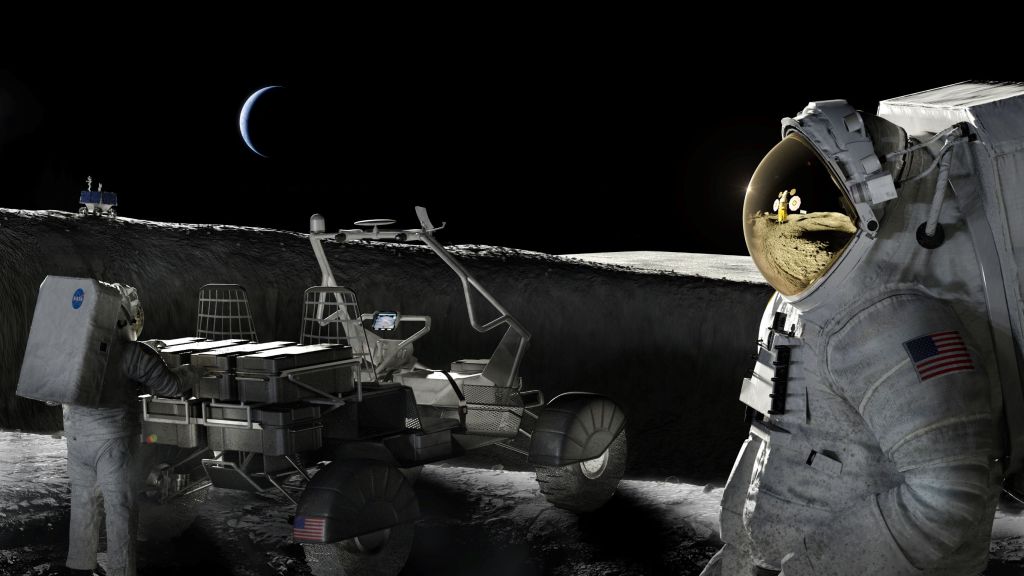
Pressurized Rover
The pressurized rover will greatly expand our ability to explore, conduct science research, and live and work on the lunar surface by providing a home for astronauts away from the base camp for extended periods of time.
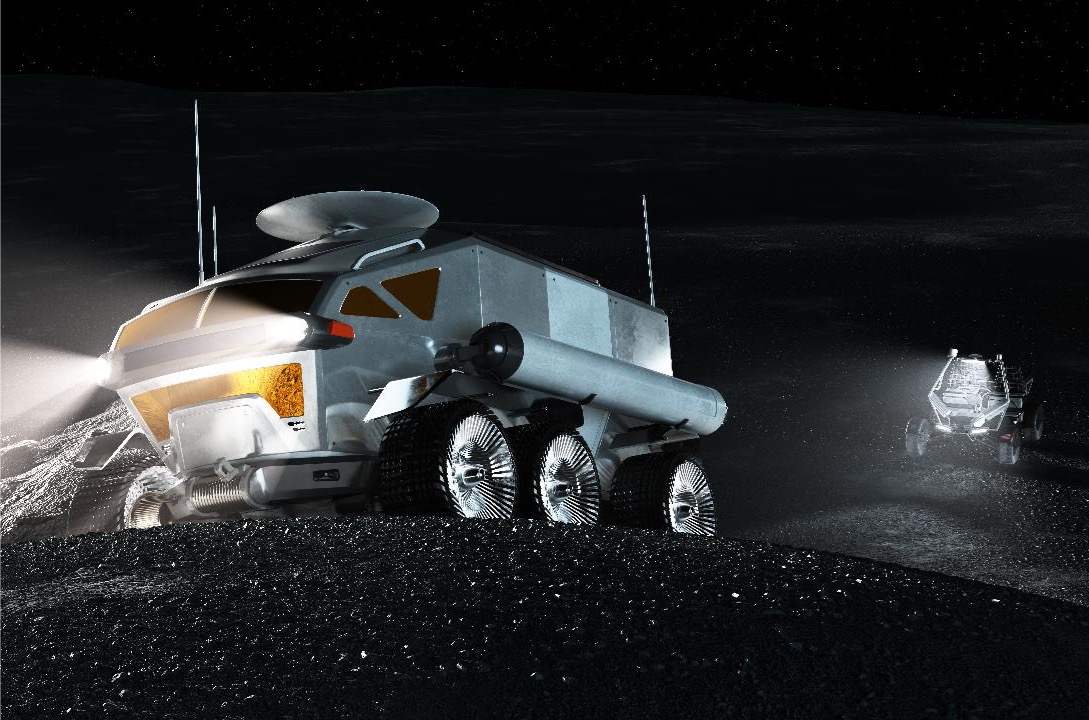
Lunar Terrain Vehicle
As astronauts explore the South Pole region of the Moon during Artemis missions, they will be able to go farther and conduct more science than ever before thanks to a new Lunar Terrain Vehicle.
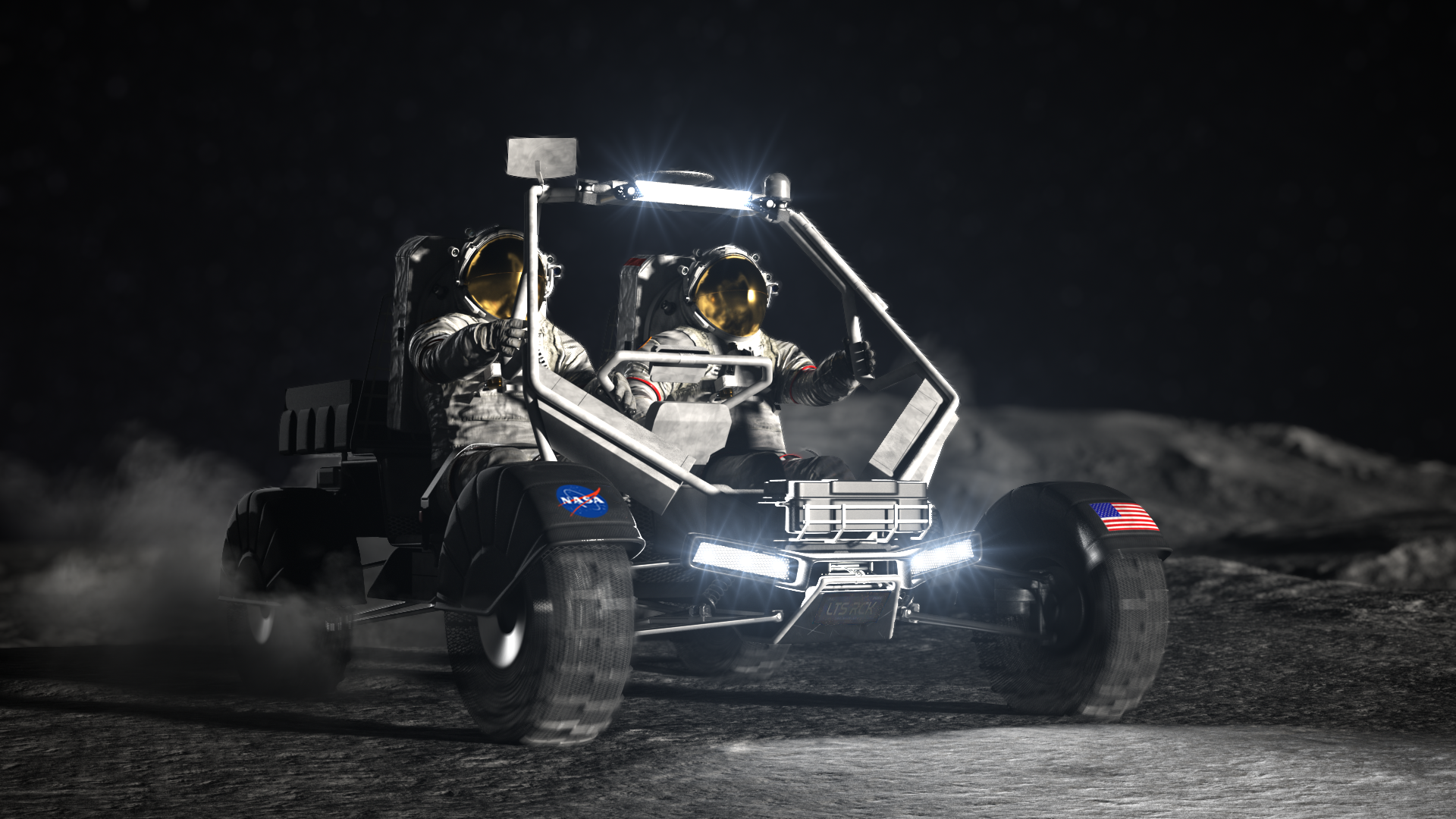
Where to live?
Habitation Systems
Habitation systems will ensure the health and performance of astronauts in controlled environments in lunar orbit and on the lunar surface. The Gateway space station will house astronauts in orbit and NASA is studying surface habitation systems for later Artemis missions.
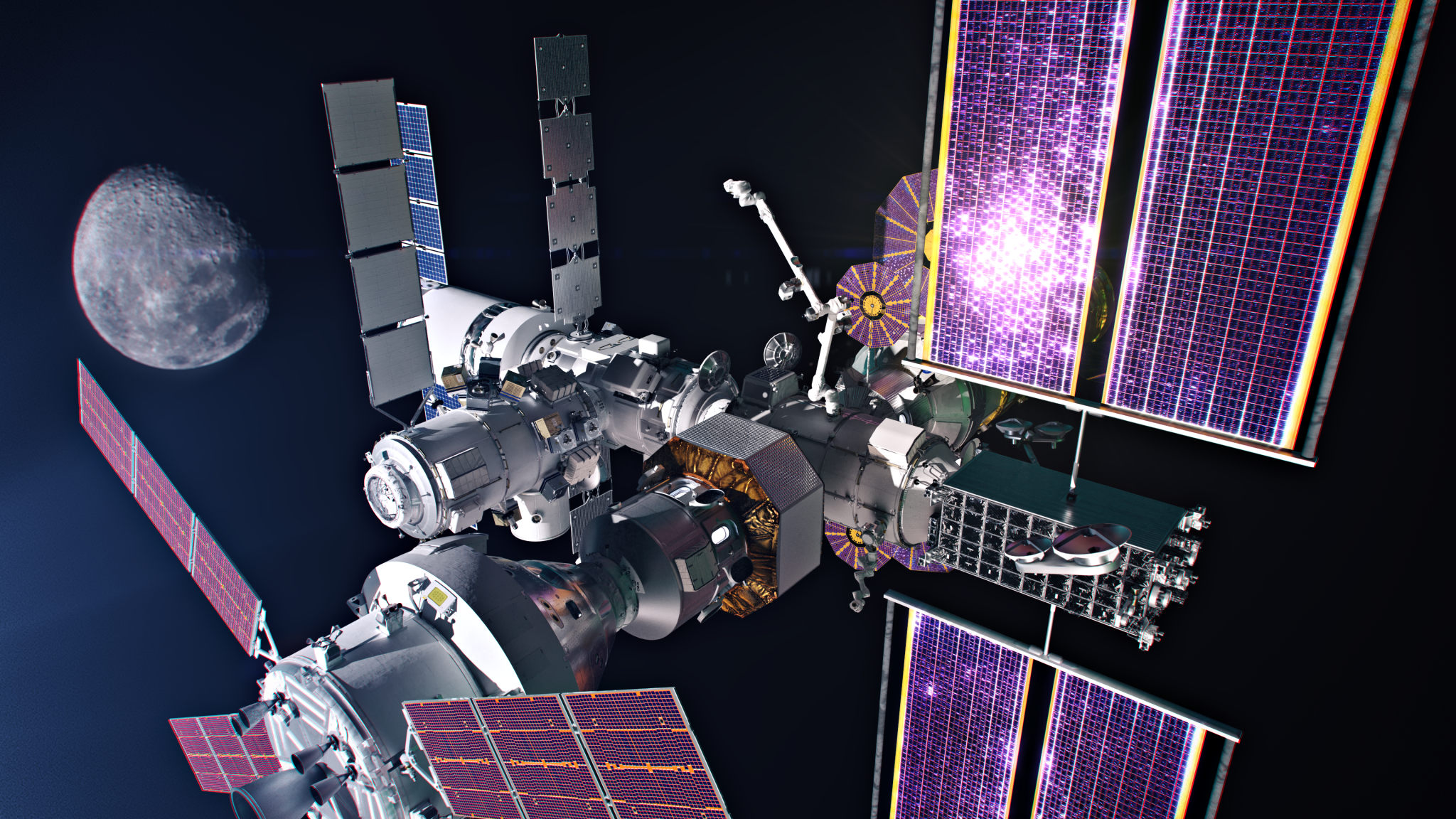
Analog Missions
Simulated missions, referred to as analogs, prepare us for near-term and future exploration to asteroids, Mars, and the Moon. Analogs play a significant role in problem solving for spaceflight research.
Learn More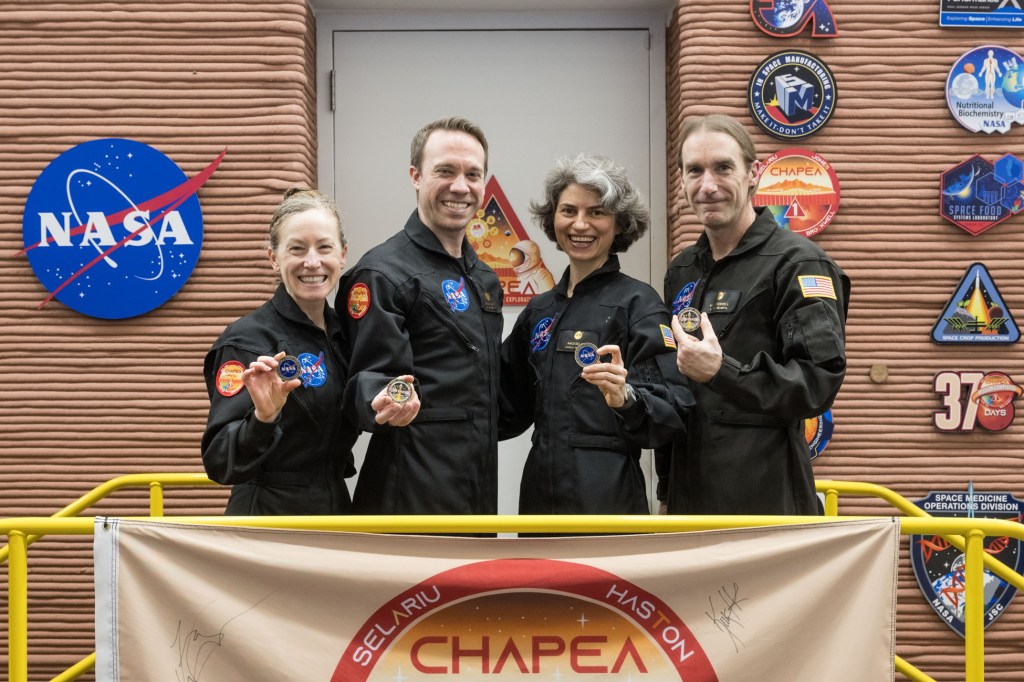
eXploration Habitat
The eXploration Habitat (X-Hab) academic innovation challenge seeks to provide university students with the opportunity to be on the forefront of innovation. NASA identifies necessary technologies and studies for deep space missions and invites universities from around the country to develop concepts, prototypes, and lessons learned that will help shape future space missions.
Learn More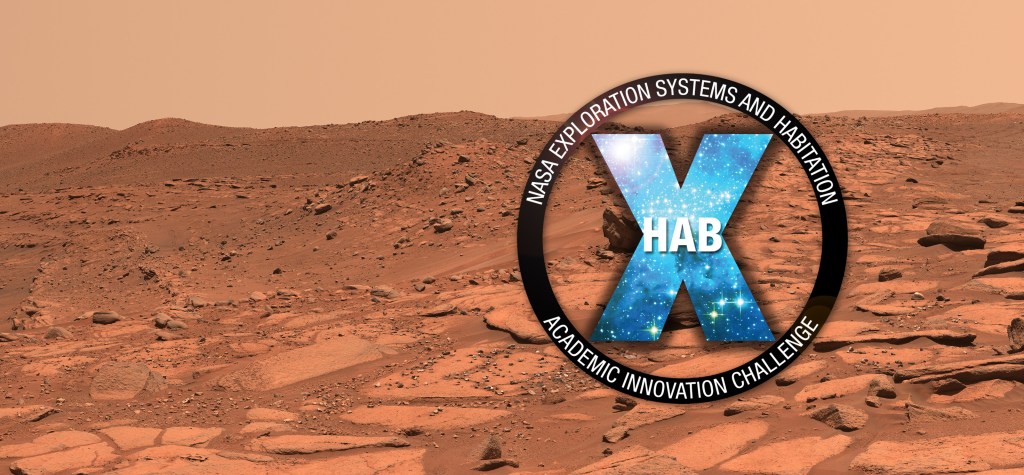
The tech we’ll need.
Using Resources on the Lunar Surface
With Artemis, NASA plans to put in place sustainable infrastructure that will allow us to explore and study more of the Moon than ever before. We need a better understanding of what resources are accessible on the Moon today to support that exploration and what technologies work to process those resources. Demonstrating this on the Moon will help us get us ready for missions farther into the solar system, including Mars.
Learn More
LunaNet
LunaNet will leverage innovative networking techniques, standards, and an extensible framework to rapidly expand network capabilities at the Moon. This framework will allow industry, academia, and international partners to build and operate LunaNet nodes alongside NASA. These nodes will offer missions four distinct services: networking, navigation, detection and information, and radio/optical science services.
Learn More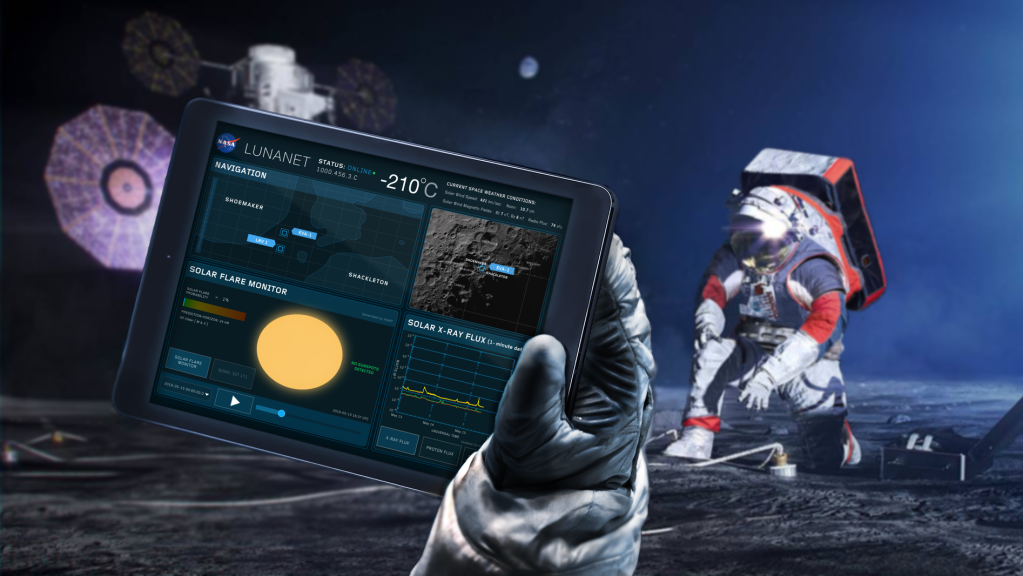
Fission Surface Power
Unless disrupted by storms or grid problems, electrical power for most people is no further than an outlet away. However, the solar system does not provide easy access to electricity as we know it on Earth. Astronauts could take advantage of a reliable power supply to explore both the Moon and Mars. The system will need to be lightweight and capable of running regardless of its location, the weather, or available sunlight and other natural resources.
Learn More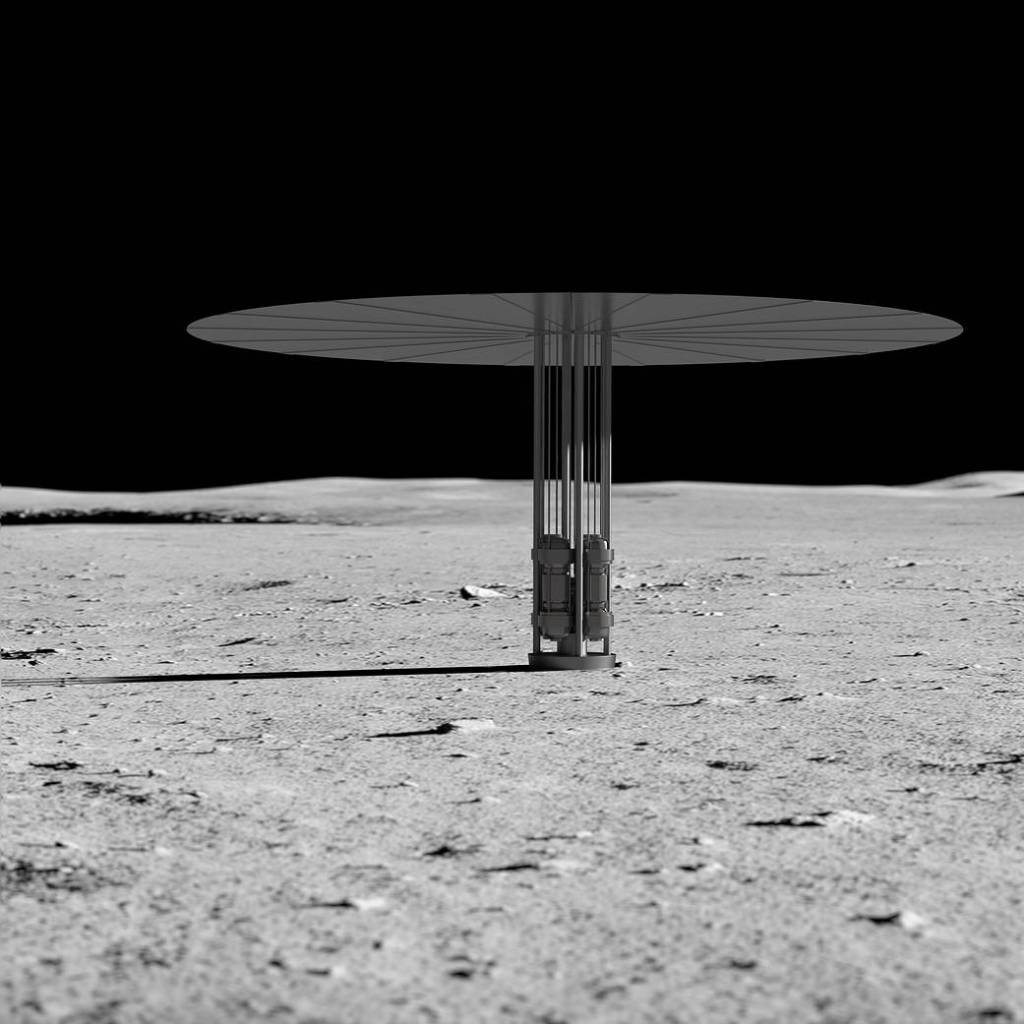
Apollo to Artemis: NASA Returns to the Moon
With the Artemis missions, NASA will explore more of the lunar surface than ever before, using innovative technologies.
Learn More























